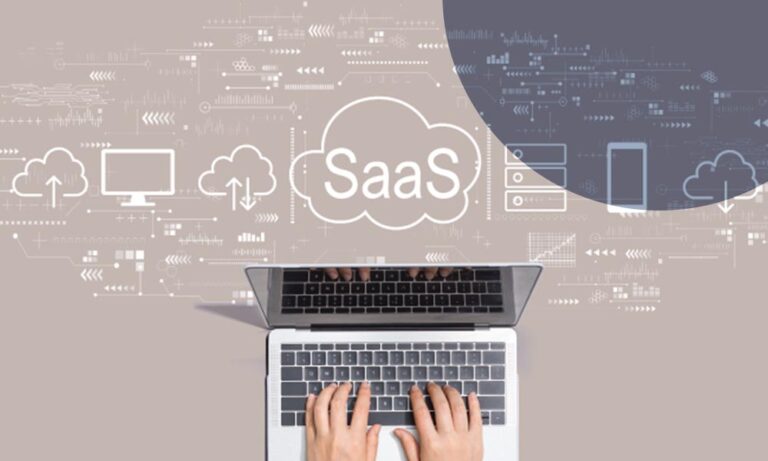Many businesses out there use software as a service (SaaS) to manage their operations. While this offers a number of advantages, it can also leave businesses vulnerable to security breaches. Fortunately, businesses can close these security weaknesses in four ways.
1. Understand the types of SaaS security weaknesses that can exist.
When it comes to SaaS security, there are a few common weaknesses that can exist. These weaknesses can be exploited by hackers, which can lead to a data breach. Some of the most common SaaS security weaknesses include:
1. Insecure authentication and session management: This can include weak passwords, session ID vulnerabilities, and cookies that are either easily guessable or stolen by hackers.
2. Insecure communications: This can include unprotected data in transit and lack of encryption.
3. Insufficient security controls: This can include lack of firewalls, intrusion detection/prevention systems, and proper access control measures.
4. Poor software design and coding: This can include vulnerabilities that are introduced due to coding errors and lack of security controls.
5. Unpatched software and outdated software: This can include vulnerabilities that have been patched by the software vendor, but have not been implemented by the customer.
It is important to understand these weaknesses and take steps to mitigate them. Implementing strong authentication measures, encrypting data in transit, and installing proper security controls are just a few of the ways to help secure your SaaS environment.
2. Address common security risks in your SaaS deployment.
There are a number of common security risks that you need to address when deploying a SaaS solution. One of the most important is ensuring that your data is properly protected. You need to make sure that your data is encrypted both in transit and at rest, and that only authorized users have access to it.
You also need to be careful about how you configure your system. You need to make sure that you are using strong passwords, and that you are properly restricting access to the system. You should also be sure to keep your software up to date, and to take steps to protect against malware and other threats.
Finally, you need to make sure that your employees are aware of the security risks associated with using a SaaS solution. They need to be aware of the dangers of phishing attacks, and they need to be careful about what information they share online.
3. Implement security measures to protect your data.
Now that you have your data, you need to take steps to protect it. You should implement security measures to protect your data from unauthorized access, alteration, or destruction. This can include using firewalls, encryption, and authentication methods. You should also regularly back up your data and store backups in a secure location.
4. Regularly monitor your SaaS security posture.
Regularly monitoring your SaaS security posture is critical to protect your organization’s data. By identifying and addressing any potential vulnerabilities, you can reduce your risk of a breach. Some key areas to monitor include:
- Your SaaS provider’s security practices
- The security of your data in the cloud
- Your users’ behavior
- Your incident response plan
By taking the necessary precautions, businesses can ensure that their SaaS-based operations are safe and secure. By following these tips, businesses can protect their data and keep their operations running smoothly.





